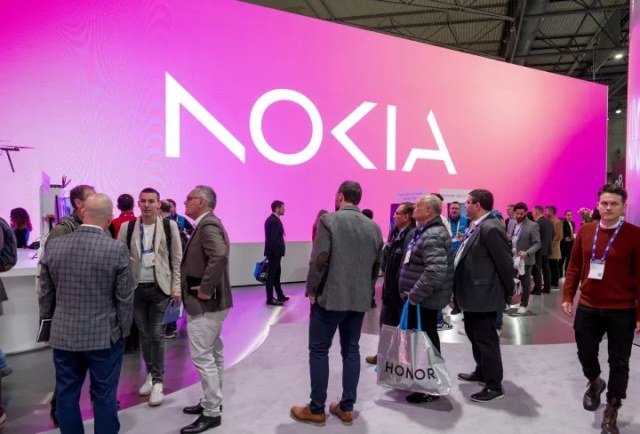Nokia has received unconditional approval from the European Commission for its $2.3 billion acquisition of Infinera, a U.S. optical semiconductor and networking equipment maker.

The regulatory body determined that the deal would not create competition concerns, as the combined entity’s market share in optical transport equipment would remain moderate, and strong competitors would still be present in the market.
Nokia first announced its plans to acquire Infinera in June 2024.
With the EU’s clearance, Nokia is poised to become the second-largest vendor in the optical networking market, with a 20 percent market share. This places Nokia behind Huawei, which dominates the market with 33 percent, benefiting from the limited presence of Western competitors in China.
Nokia’s acquisition of Infinera will enhance its ability to supply networking equipment to major tech companies like Amazon, Alphabet, and Microsoft, Reuters news report said. These firms are significantly increasing their investments in data centers to support the ongoing artificial intelligence boom.
The optical transport equipment market grew 45 percent quarter-over-quarter in the fourth quarter of 2024. However, the market experienced a 13 percent decline for the full year due to inventory adjustments.
In 2024, the top five vendors in the optical transport market were Huawei, Ciena, Nokia, ZTE, and Infinera. If Nokia and Infinera had been combined earlier, their joint market share would have equaled that of Ciena, at 19 percent. Huawei gained three percentage points in market share, with ZTE and Cisco each gaining one percentage point, Jimmy Yu, Vice President at Dell’Oro Group, said in a note recently.
Both Nokia and Infinera view the acquisition as a strategic move that will enhance scale and profitability while accelerating innovation. By merging their operations, Nokia expects to achieve EUR 200 million in net comparable operating profit synergies by 2027.
The integration of Infinera into Nokia’s Network Infrastructure division will support the company’s focus on three core pillars: Fixed Networks, IP Networks, and Optical Networks. Nokia aims for mid-single-digit organic growth in its Network Infrastructure business and plans to improve operating margins to the mid-to-high teens.
Financial projections for the deal suggest that it will contribute positively to Nokia’s comparable earnings per share (EPS) in the first year post-close and deliver over 10 percent EPS accretion by 2027. The transaction is also expected to generate a return on invested capital (RoIC) that exceeds Nokia’s weighted average cost of capital (WACC).
The strategic benefits of the deal include an expanded global scale and a more competitive product roadmap. Nokia will significantly enhance its presence in the North American optical market, where Infinera has a strong foothold, while also leveraging U.S.-based manufacturing and testing capabilities. Additionally, the acquisition aligns with Nokia’s goal of expanding into the enterprise and webscale markets, with Infinera’s expertise in high-speed optical components for intra-data center applications playing a key role.
Financial synergies from the merger are expected to come from cost efficiencies in supply chain management and optimization of operating expenses. Approximately one-third of the targeted EUR 200 million in synergies will result from reduced costs in sales and supply chain operations, while the remainder will stem from portfolio integration and lower engineering expenses. Nokia anticipates one-time integration costs of around EUR 200 million.
Baburajan Kizhakedath
